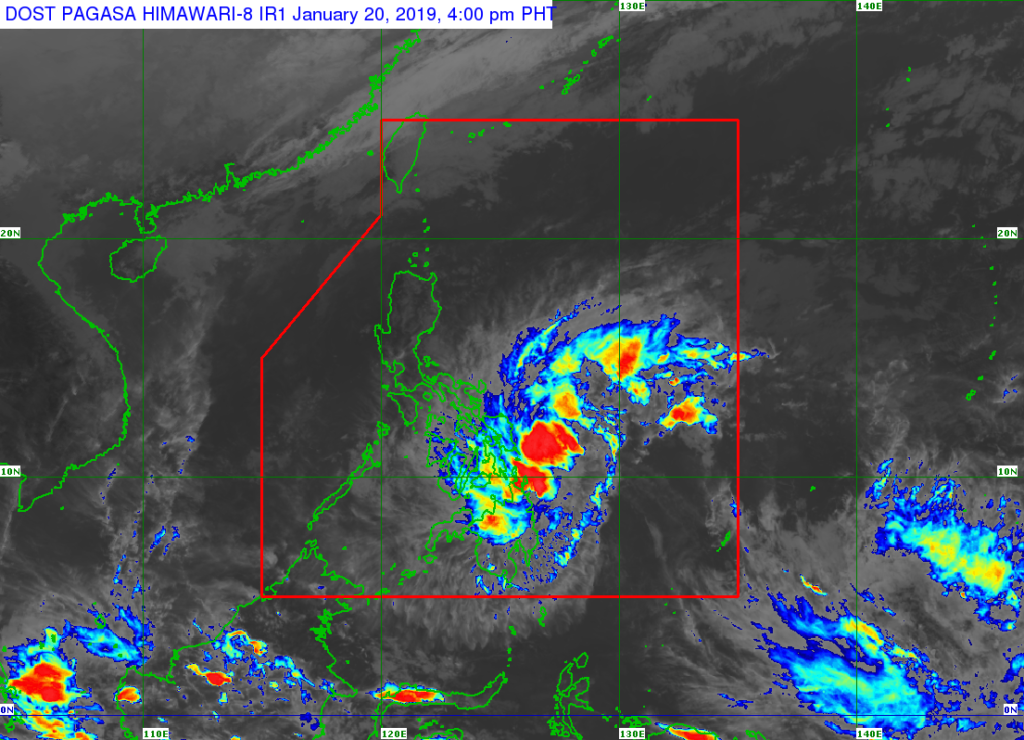TD ‘Amang’ left 656 passengers in the Visayas stranded

Track of Tropical Depression ‘Amang’ as of 5 p.m., January 20, 2019 / Source: Pagasa
CEBU CITY, Philippines – Close to 700 passengers were left stranded in the different ports in northern Cebu and other parts of Central and Eastern Visayas regions as of 4 p.m. today, January 20, as a result of Tropical Depression Amang.
According to the Philippine Coast Guard in Cebu, the stranded passengers came from Eastern Visayas – 549; Cebu province in Central Visayas – 60; and Western Visayas – 47.
Ruelan Catempohan, administrator of the Hagnaya port in San Remigio town in northern Cebu, said that at least 60 passengers who were bound for Sta. Fe town on Bantayan Island were unable to leave the port as of 4 p.m. today.
Data from the PCG Cebu also showed that aside from the 549 passengers, 100 rolling cargoes and 5 vessels were also barred from leaving the ports of Eastern Visayas.
In Western Visayas, 22 rolling cargoes and 6 vessels in also barred from leaving ports.
“All Philippine Coast Guard units are advised to ensure strict implementation of HPCG Memorandum Circular Number 02-13 (Guidelines on Movement of Vessels during Heavy Weather),” said an advisory posted on PCG’s Facebook page at 5 p.m.
In its Severe Weather Bulletin No. 8 issued at 5 p.m. today, the Philippine Atmospheric, Geophysical and Astronomical Services Administration (Pagasa) said that Eastern Samar, Samar, Biliran, Leyte, Southern Leyte, eastern Bohol, northern Cebu, Agusan del Sur, Agusan del Norte, Surigao del Sur, Surigao del Norte, Dinagat Islands and Camiguin remains under Tropical Cyclone Signal No.1.
As of 4 p.m., the center of the tropical depression was spotted 175 kilometers southeast of Surigao City, with a maximum strength of 45 kilometers per hour (kph) near the center and gustiness of up to 60 kph. TD Amang is expected to make a landfall over Siargao Islands in Surigao del Norte tonight./elb
Disclaimer: The comments uploaded on this site do not necessarily represent or reflect the views of management and owner of Cebudailynews. We reserve the right to exclude comments that we deem to be inconsistent with our editorial standards.
